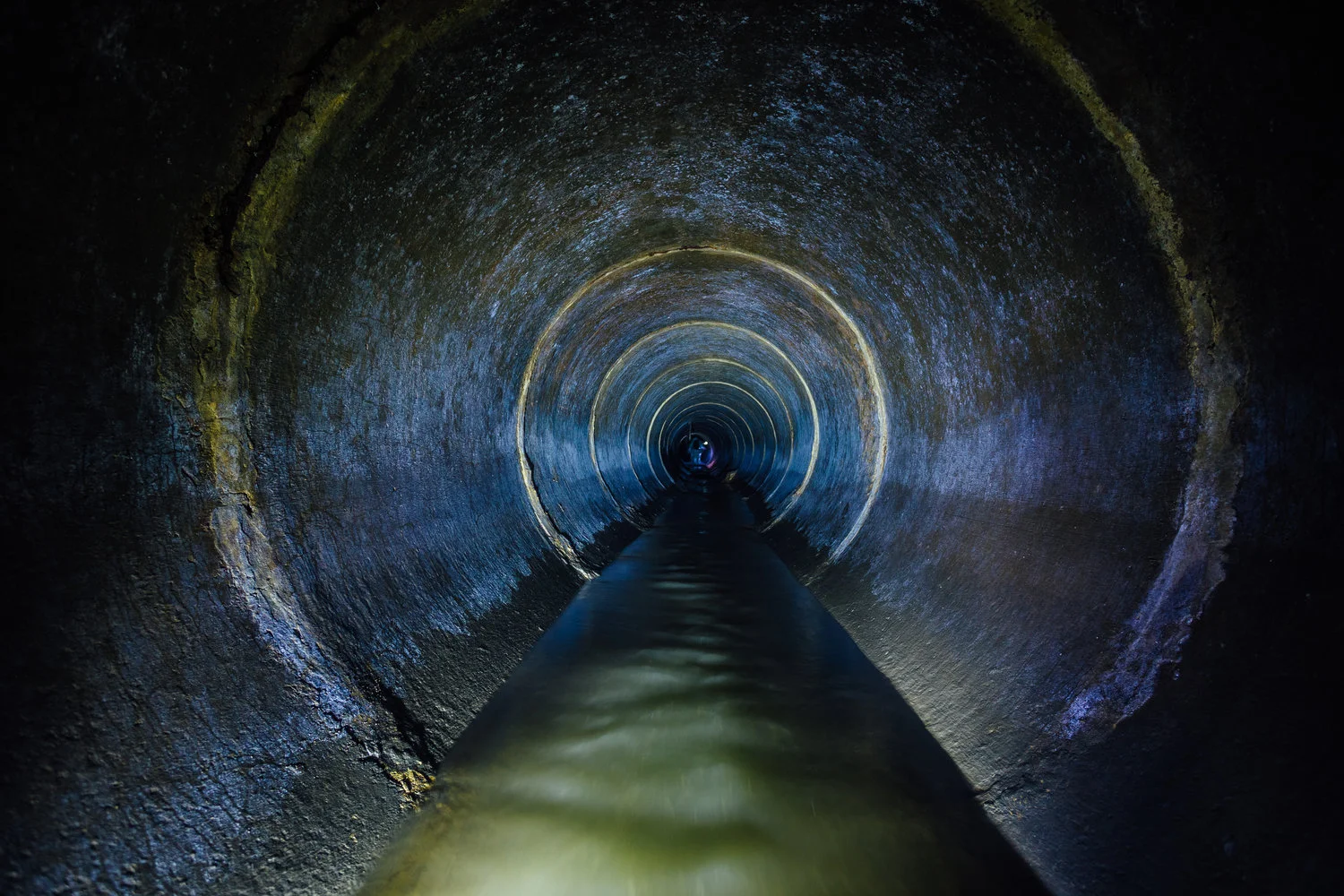In modern infrastructures, the smooth operation of pipes - whether for drinking water, wastewater or industrial use - is a major challenge. Small diameters, buried sections and confined spaces make access difficult or even dangerous. To monitor the condition of these networks,visual inspection using cameras or drones has become an effective solution. Thanks to these technologies, professionals can quickly detect anomalies, optimize maintenance operations, ensure the safety of their teams and control costs. In this article, we take a look at the technologies used, the benefits in terms of maintenance and safety, followed by practical applications and best practices.
Inspection technologies
Several technologies are used to effectively inspect a pipe:
Inspection cameras
The use of cameras on cables or motorized carts enables an optical system to be introduced into a pipe to visualize the internal walls. As explained in an article by Multinnov article explains: "Camera-based pipe inspection involves introducing an optical system to visualize the internal condition of pipes". These cameras feature LED lighting, video or photo recording, and the ability to spot leaks, cracks or deposits.
Drones and robots for inspection in confined spaces
For networks that are partially filled, complex or difficult to access, the drones or robots become essential. In this way, drone inspection can reach areas inaccessible to technicians or traditional equipment. One report indicates that a drone for pipeline inspection can cover up to 900 m per day, with a 40% reduction in costs compared with conventional methods.
Combining intelligent sensors
In addition to video, the integration of thermal sensors, LiDAR, georeferencing and 3D modeling provides a complete view of the network's condition. A Kiwa article explains how drone and sensor inspection can provide accurate data, 3D models and better intervention planning.
Maintenance and safety benefits
Operator safety
One of the main advantages of these technologies is the significant reduction in human intervention in high-risk environments (narrow ducts, toxic atmospheres, heights). As Drone Team points out, drone inspection avoids exposing workers.
Early detection of faults & targeted maintenance
Cameras, drones and robots enable rapid detection of cracks, corrosion, obstructions, infiltrations and subsidence. For example: "Drone inspection enables precise detection of structural defects such as cracks, internal corrosion, leaks or subsidence". This level of detail enables targeted maintenance, rather than systematic or late intervention.
Economic optimization and efficiency
By detecting faults early and accurately, managers can reduce the costs associated with major interventions, downtime, accidents or premature replacements. Modern inspection is faster, less intrusive and produces actionable reports for decision-making.
Infrastructure sustainability
Thanks to visual documentation and coded reports (standard NF EN 13508-2 for drainage networks), operators can plan maintenance actions, structure network assets and track their evolution over time.
Applications and best practices
Concrete applications
- Urban wastewater networks: inspection of pipes buried under pavements, detection of roots, deposits or cracks.
- Industrial ducts or sub-services: use of drones or robots in partially filled ducts, silos or confined spaces.
- Drinking water or pressure networks: checking for leaks, subsidence or corrosion in difficult-to-access conditions.
- Preparing work or resale: camera inspection for diagnosis prior to work or asset sale.
Good practices to adopt
- Site survey and preparation: identification of access points, prior cleaning or clearing to ensure visibility.
- Choice of appropriate equipment: depending on diameter and configuration: cable camera for small diameters, cart for large sections, drone or robot for complex environments.
- Quality capture and recording: HD/4K images, metadata, georeferencing, anomaly distinction, precise localization.
- Rapid analysis and reporting: standardized report, defect coding, criticality ranking.
- Integration into the maintenance plan: linking results to intervention planning, budgeting and asset monitoring.
- Technology watch and evolution: monitor developments in drones, robots, AI, modeling, to stay on top of efficiency.
Pipe inspection using drones and cameras is much more than a control method: it's a revolution in network maintenance and monitoring. Thanks to modern technologies - HD visual inspection, drones and robots adapted to confined environments, advanced data processing - professionals gain in safety, efficiency and economy. This intelligent approach enables early detection of anomalies, optimizes interventions, prolongs the lifespan of infrastructures and reduces risks for operators. For managers of water, wastewater or industrial networks, adopting these modern methods is a strategic step towards proactive, sustainable management of critical infrastructures.


